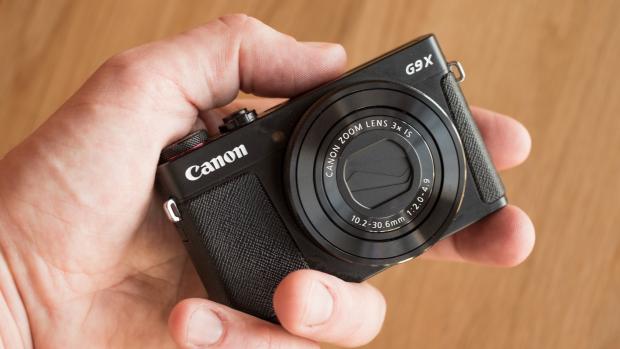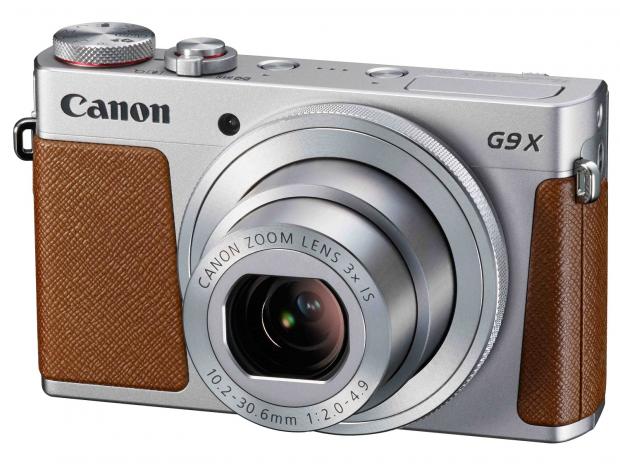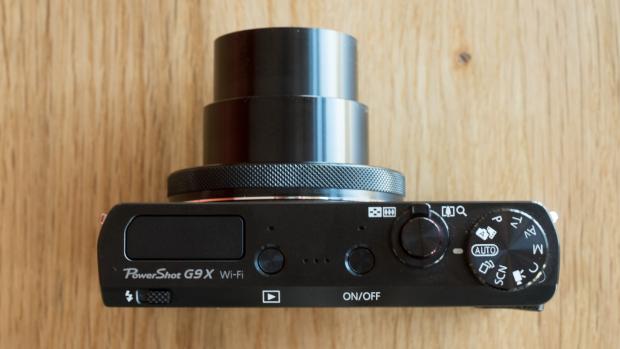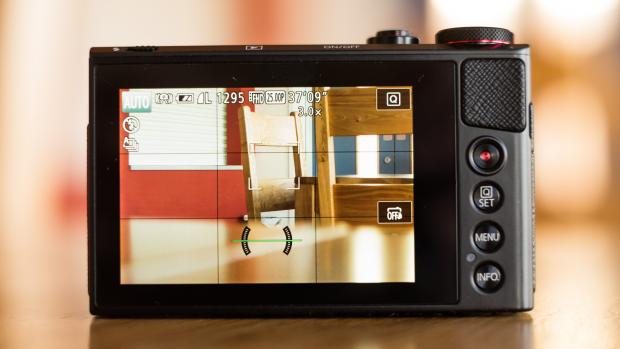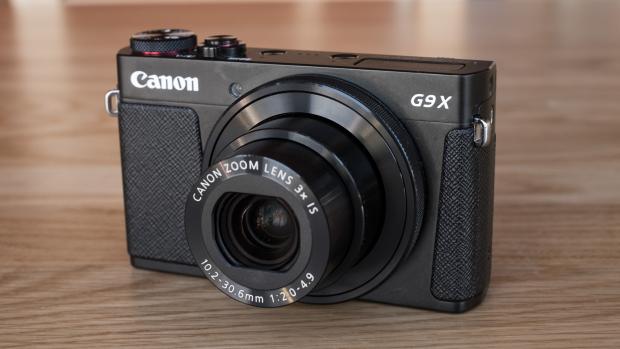Canon G9 X review
The Canon G9 X is part of a growing trend for compact cameras with 1in sensors and wide-aperture lenses. Together, the sensor size and lens aperture dictate how much light is captured, and this is the single biggest factor for determining image quality. The G9 X’s lens and sensor is equivalent to an f/5.5-13.5 lens on a full-frame camera, which means it’s able to compete with much bulkier SLRs and compact system cameras (CSCs) for image quality.
Five things help it to stand out from the 1in sensor pack. For starters, you’re not forced to settle with boring black. That’s the model that I was sent for review, but I’m much more enamoured by the silver and tan finish.
More significantly, this is the slimmest and lightest camera to date to include a 1in sensor. Rival cameras weigh in at around 300g or more and are at least 41mm from front to back, but the G9 X is just 207g and 31mm thick. It’s tremendously useful to have a camera that will slip into jeans pockets or a small handbag, and this one fits much more easily than its competitors. It’s also the most affordable 1in sensor compact with its £374 launch price, although the Canon G7 X and Sony RX100 II is now available for around the same price.
There are two trade-offs to the slim design. One is that the lens specifications aren’t quite as impressive as on the G7 X and RX100 series. The lenses on the G7 X and recently announced G7 X Mark II have a 4.2x (24-100mm) zoom and f/1.8-2.8 aperture. The G9 X’s zoom is smaller at 3x (28-84mm), and its aperture is darker at f/2-4.9. The difference isn’t significant for wide-angle shots, but zooming in, the drop from f/2.8 to f/4.9 equates to a third the amount of light. That means the G9 X holds its own for wide-angle shots but isn’t as strong in low light at the long end of the zoom.
The other trade-off is the limited space for physical controls. This is the first camera I’ve seen in a long time not to include a four-way navigation pad on the back. There’s a mode dial on top and a lens ring on the front but the vast majority of adjustments are made via the touchscreen. That might be a deal-breaker for some but I suspect most people are pretty comfortable with touchscreens these days. It’s generally used well, with a Q menu for the most commonly used settings and simple on-screen controls to assign the lens ring to various exposure- and focus-related settings. The main menu uses Canon’s usual tabbed lists and requires one tap to select a function and another to see the available values. I’d have like to see a touch-centric redesign, perhaps with a grid of buttons rather than lists, but it works well enough.
The petite design means there’s not much to grip onto. The textured areas on the front and back are welcome but even a small ridge on the front would have made it more secure in the hand. This is true of the G9 X’s competitors, too.
There’s no shortage of advanced![]() photographic features, including priority and manual exposure, exposure bracketing and RAW capture. The touchscreen is particularly useful for moving the autofocus point, although I’d like it even more if the screen could tilt. That would inevitably have increased the bulk and weight, though. If you want a tilting screen, go for the G7 X or Sony RX100 series.
photographic features, including priority and manual exposure, exposure bracketing and RAW capture. The touchscreen is particularly useful for moving the autofocus point, although I’d like it even more if the screen could tilt. That would inevitably have increased the bulk and weight, though. If you want a tilting screen, go for the G7 X or Sony RX100 series.
Battery life is disappointing at 220 shots but at least it’s better than the G7 X, which only manages 210 shots. I appreciate the ability to charge either with the supplied charger or via USB. The socket is the same type that’s used by Android phones, which cuts down on cable clutter. £49 for an additional battery is pretty extortionate, though.
A camera like this doesn’t need lots of tricks up its sleeve. It just needs to take great pictures with minimal effort and no annoying issues. It scrapes a borderline pass forperformance. It was a bit slow to switch on and take a photo, but autofocus was impressively quick. I like to fire off two or three photos of a subject so I can choose the best later – particularly when photographing people – and the G9 X is reasonably quick for this at 0.8 seconds between shots. However, it doesn’t bother to refocus or re-evaluate the lighting when shooting in quick succession. When I allowed it enough time to adjust settings, it took 1.8 seconds between shots. That’s a disappointing result but it’s probably not much of an issue in practice. Switching to burst mode, it was impressively quick for JPEGs at 6.8fps. RAW mode wasn’t so successful, only managing 0.9fps and with no live view to help track subjects. Flash photography was slow, too, taking up to 10 seconds between shots.


